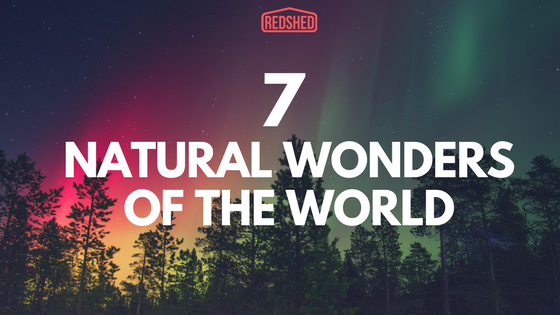What we consider as Seven Wonders of the World are all human-made. But what most people don’t know is that mother nature has its wonders to offer even before humans existed. With a lot of stunning beaches and mountains around the world, it’s undeniable that no man can ever beat the works of nature.
The Seven Natural Wonders of the World are the naturally occurring Aurora Borealis or Northern Lights, the Victoria Falls, Mount Everest, Paricutin Volcano, Grand Canyon, the Great Barrier Reef, and Rio de Janeiro. There is no specific order for these places, so none of them will come first as they all equally offer breathtaking sights.
The Seven Natural Wonders of the World
Northern Lights
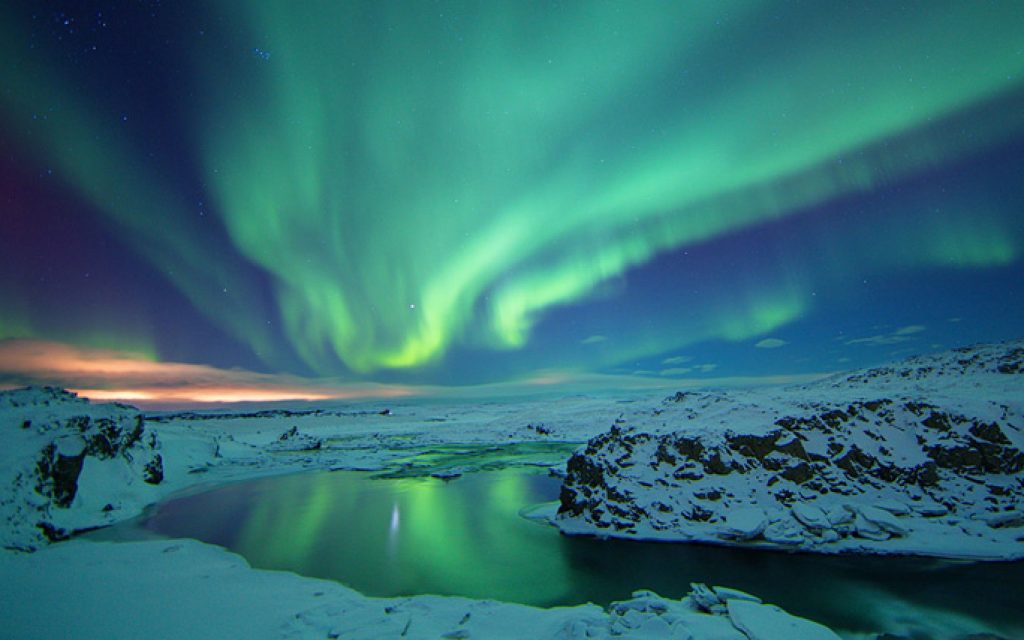
Seeing the Aurora Borealis, also known as the Northern Lights, is a favourite “bucket list” item among adventurous people. These dazzling lights can be seen in both northern and southern (Aurora Australis) hemispheres, but they are most visible in the northern part, hence the name. This is a unique sight among all these Seven Natural Wonders because it’s the only one that’s situated in the skies and it can be seen from different places.
These bright lights are caused by the collision of the electrically charged particles from the sun that enter the earth’s atmosphere. A lot of people think that the Northern lights only occur at certain times, but the truth is they’re always there, but we can’t see them with our naked eye. They only become visible to us because of the change in the conditions of the sky.
To get the best view of the Northern lights, you should see them during winter from high northern latitudes in places like Alaska, Canada, Sweden, Finland, Greenland, Iceland, Norway, or in the northern coast of Siberia.
Grand Canyon
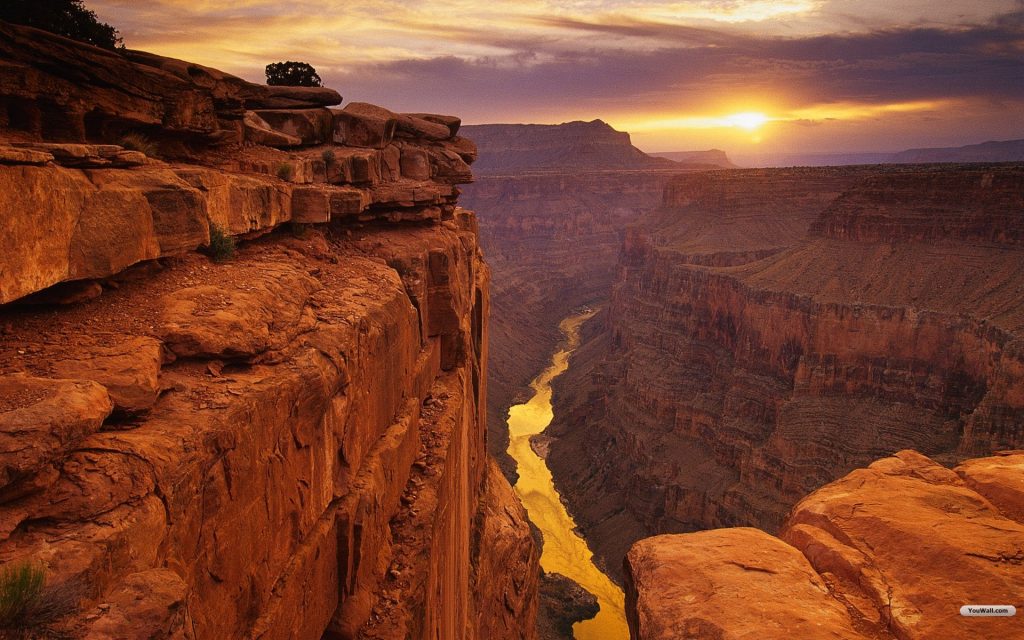
This 277 miles long, 18 miles wide, and 1-mile deep canyon is located in Arizona, USA. With over 5 million visitors every year, it’s definitely a sight to see. The Grand Canyon is said to be a result of the erosion from the Colorado River more than 6 million years ago – while some researchers suggest that it happened as early as 17 million years ago. For this reason, it’s believed that the canyon can reveal 40% of the Earth’s history.
The Grand Canyon isn’t the steepest nor the longest canyon in the world, but its beautifully coloured landscape made it one of the Seven Natural Wonders of the World today. This tourist attraction is home to many plant and animal species. However, it’s strictly prohibited not to feed any of the animals to prevent bites and to avoid disturbing their natural habitat. Also, beware of the pink rattlesnakes on the Grand Canyon as they can hardly be noticed at first glance. It’s best to visit the Grand Canyon during spring or fall as hiking conditions are ideal during these times and there are fewer visitors.
Harbour of Rio de Janeiro
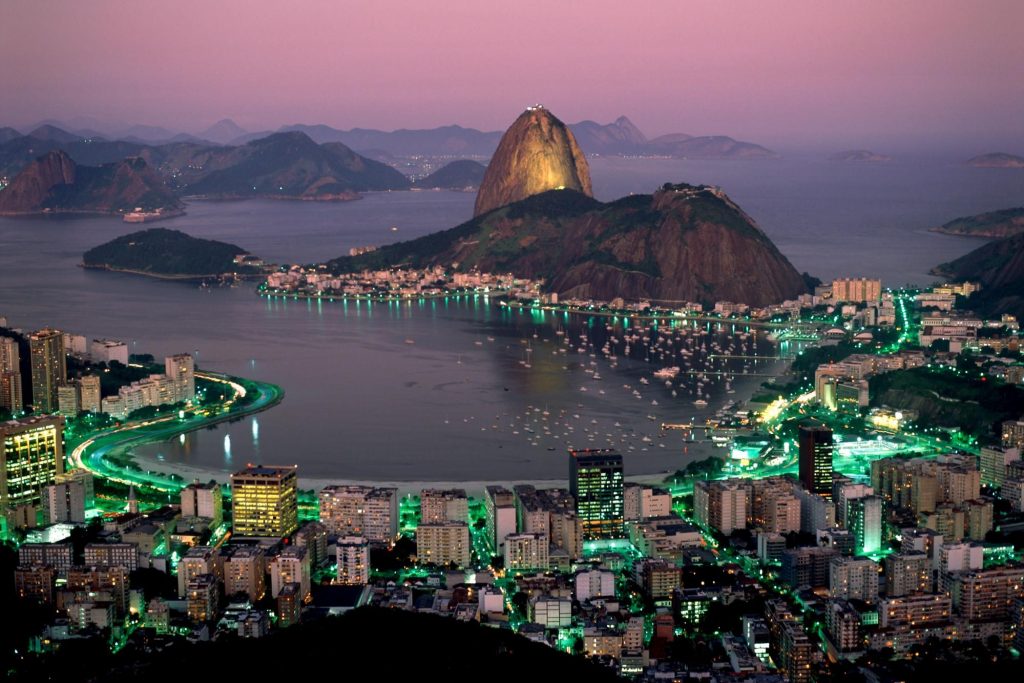
The largest harbour on the volume of water is located in the Brazilian City called Rio. It was discovered by a Portuguese explorer who named it as Rio de Janeiro which means “River of January” because it was in this month when he discovered it and he said that the bay looked like the mouth of a river. Aside from its lush green surroundings, vast water, and surrounding island, Rio de Janeiro is also admired for its annual Carnival celebration.
It’s considered one of the most beautiful natural harbours in the world, and it has also become a top-rated attraction because of the view of the statue of Christ the Redeemer. This 130 feet statue stands on top of the peak of Corcovado, and it weighs 635 tons.
Paricutin
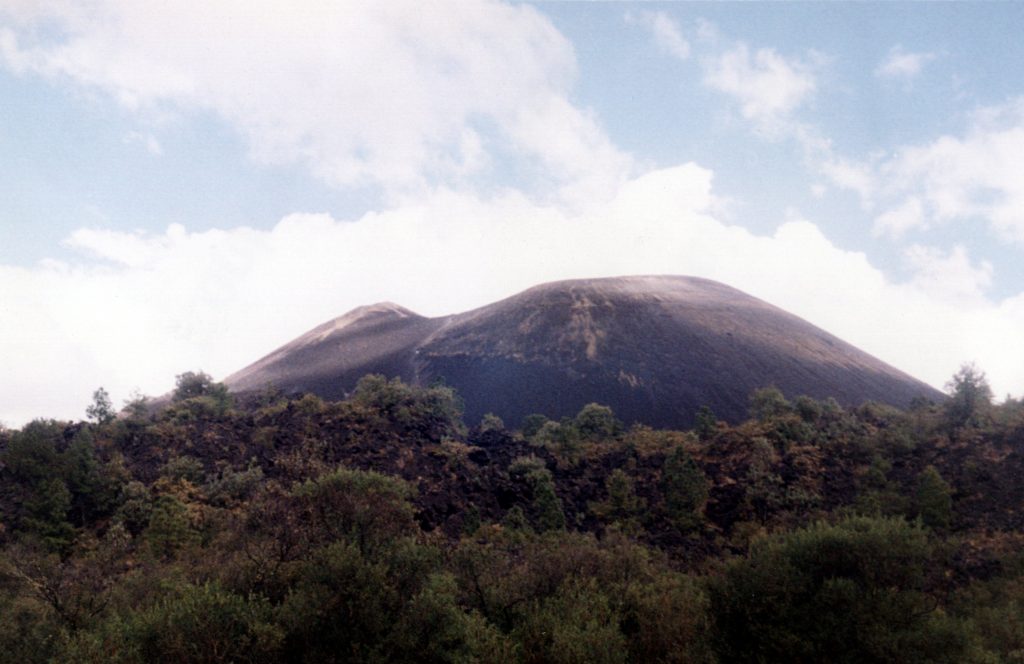
The cinder cone volcano probably not the most famous natural wonders of the world, but Paricutin has enabled scientists to understand further how events naturally happen on our planet. One day in Michoacán, Mexico, a farmer was lighting a pile of branches in his field when he felt the ground shake as he looked around, he saw that the ground turned into a six-foot-tall volcano that was pouring out fine grey ashes. The fact that this volcano is the first one to be seen to erect by humans made it one of the Seven Natural Wonders of the World. Scientists were able to observe Paricutin from its creation to extinction, a lot of people even witnessed it grow up to 1,391 ft. After erupting for 19 years, this volcano had remained silent in 1952, and it’s never expected to explode again.
Great Barrier Reef
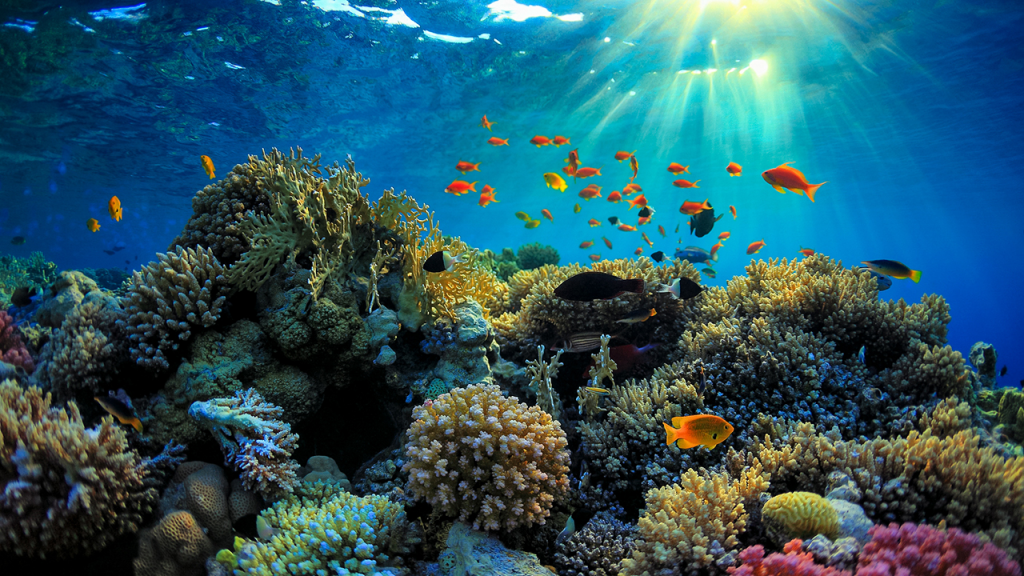
The Great Barrier Reef is the most extensive coral reef system in the world, and it can be found in the Coral Sea which is located off the coast of Queensland, Australia.
With over 1,500 species of fish, about 400 species of coral, 4,000 species of mollusc, 240 species of birds, and a lot more, no other place in the world contains such biodiversity. It measures around 2,600 km, and it’s proved by astronauts that they can see the Great Barrier Reef from space. The biggest threat that is perceived to destroy this Wonder of the World is climate change. As the ocean temperature gets warmer, more corals are put to stress resulting in coral bleaching. Aside from that, with more than 2 million tourists visiting every year, poor tourism might be a risk to the Great Barrier Reef, but luckily, they are able to take good care of the place until today.
Victoria Falls
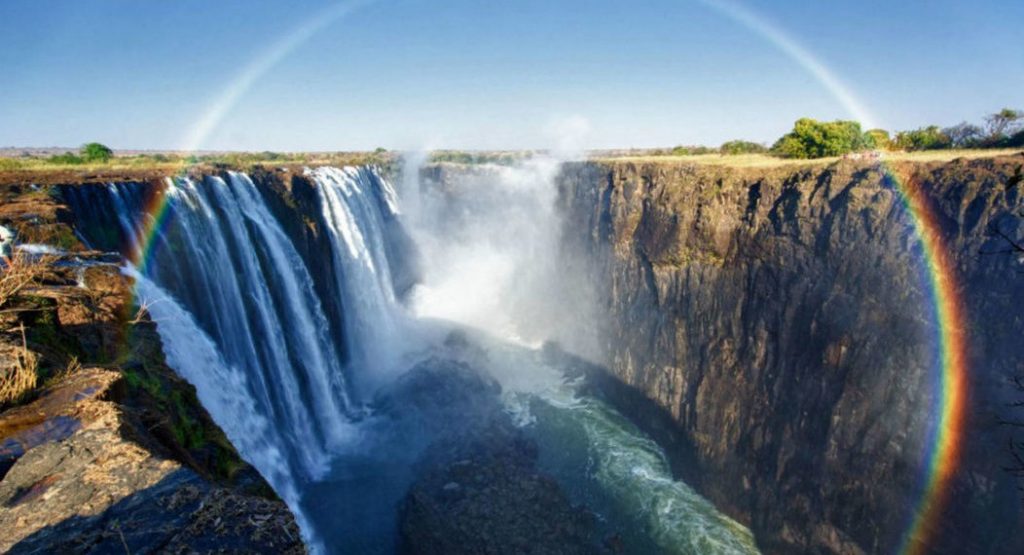
Considered as the largest waterfall in the world, Victoria Falls is located on the border of Zambia and Zimbabwe. However, it can be seen better when you’re in Zimbabwe. The name of the falls was derived by the reigning queen in 1855, and it was given by Scottish explorer David Livingstone when he journeyed across Africa. But before that, locals called it Mosi-oa-tunya, which means ‘The Smoke That Thunders
When there’s a full moon, Victoria Falls forms an awe-inspiring sight of a moonbow – a nighttime rainbow. This view is a result of the moonlight that bounces off the spray of water on the falls. Aside from this, the falls had also naturally formed a pool on its edge which is now famously known as the “Devil’s Swimming Pool”. It’s best to swim at this pool between September and December when Zambezi River’s flow is at a safe level.
Mount Everest
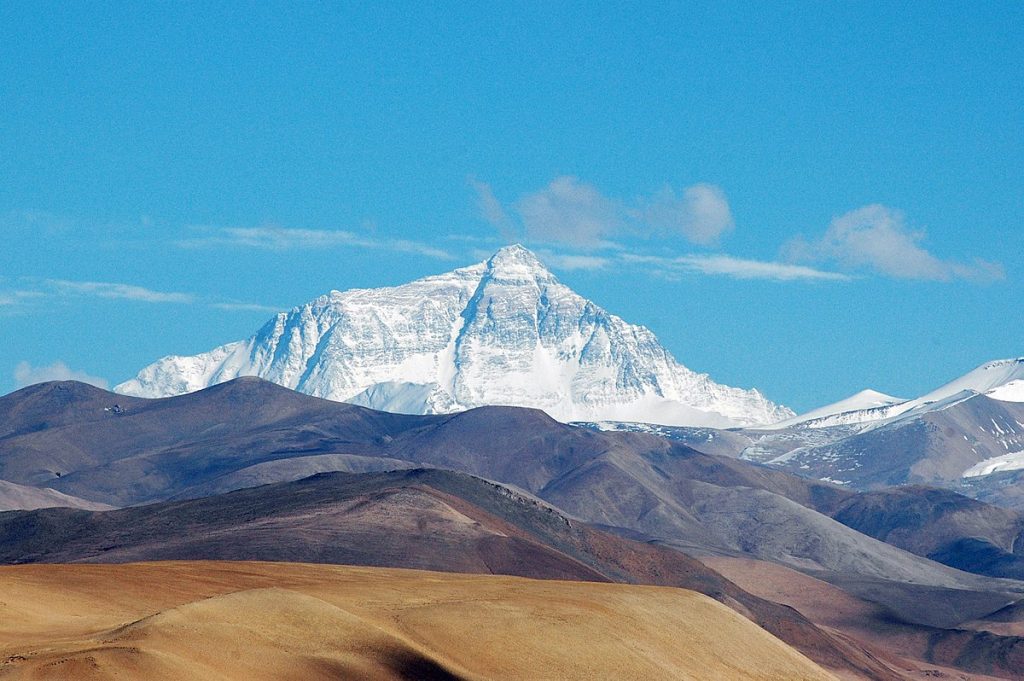
Officially the world’s highest point on earth from sea level, Mt. Everest still keeps on growing 4mm higher every year due to the geologic uplift. In Nepal, the mountain is called Sagarmāthā, meaning ‘forehead of the sky’ while in Tibet, the mountain called Chomolangma for being the ‘mother of the universe’. Two Sherpas, Edmund Hillary and Tenzing Norgay, were the first to reach the summit on May 29, 1953, but it’s believed that there are already some who attempted to do it much earlier. Climbing Mount Everest is indeed a life achievement but two men, Apa Sherpa and Phurba Sherpa, managed to stand on the highest point of the earth for 21 times.
Nowadays, reaching the peak of Mount Everest is now more possible than ever. Despite the fact that it would cost a lot of money to climb, a lot of people still try to climb it. In 2012, a German mountaineer even captured an image showing hundreds of people lined up to reach the mountain’s summit. Sadly, as more and more people try to stand on the highest point of the Earth, they also leave a lot of waste behind. Everest is littered not only with oxygen bottles and climbing equipment but also with human faeces and corpses of those who were not able to survive the summit.
